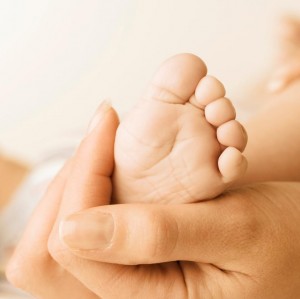 The first year of a newborn life is challenging for any parent, but the parents of a child with birth injury go through more than most can imagine. They constantly worry about the development of their infant and typically will not know how serious the brain damage is until the child is at least one year old.
The first year of a newborn life is challenging for any parent, but the parents of a child with birth injury go through more than most can imagine. They constantly worry about the development of their infant and typically will not know how serious the brain damage is until the child is at least one year old.
Hypoxia and ischemia, or decreased oxygen and decreased blood flow, are the main causes of brain damage in infants. They may come about because of an adverse condition in the womb, or they can result from complications during labor. In some cases, the injury can occur soon after the infant’s birth.
What is most upsetting about these injuries, called hypoxic ischemic encephalopathy (HIE), is the fact that more than 90% are acquired near or at the time of birth. This means that only a small percent of HIE injuries occur in the womb and the remainder are results of complications during or immediately following birth. Of those, how many could be prevented?
Following HIE, doctors will perform an MRI or CT scan of the infant’s brain to assess the damage. However, many of these scans show no abnormality other than a small amount of swelling or edema, even when there is a significant injury, leaving parents to guess whether their child will have lasting injury or not. It is only in the weeks and months following birth that the child begins to show signs of trouble. Some infant’s heads will fail to expand, causing microcephaly as the brain fails to grow properly.
Parents will anxiously wait to see if their child will be able to smile, roll over, sit, crawl, stand or walk. The extent of injury cannot be known until these milestones are met, or until the time when they should have been met has passed. In most cases, the extent of injury will be clear by the time the child reaches 24 months of age.
Injury to the brain during birth causes Cerebral Palsy. Doctors diagnose the condition through motor skill testing and medical history analysis. Unnaturally relaxed or excessively rigid muscle tone is a common first sign of CP. Some infants will favor one side of the body, causing an unusual posture. Doctors also look for reflexes found in newborns that typically disappear by six months. Children with brain injury often exhibit these reflexes long after they should have passed.
Whether the cerebral palsy was preventable is not always clear. But cerebral palsy from brain injury occurring during childbirth is often preventable. Thousands of infants might have been saved from injury had their doctors and other medical staff followed proper standards of medical care during childbirth.
Raising a child with a brain injury is hard enough. Parents are wise to seek the help of experienced birth injury firms like the Brain Injury Law Center to help determine whether the injury was preventable. Parents may be able to seek compensation to help pay for the difficult therapy and specialized treatment ahead.


